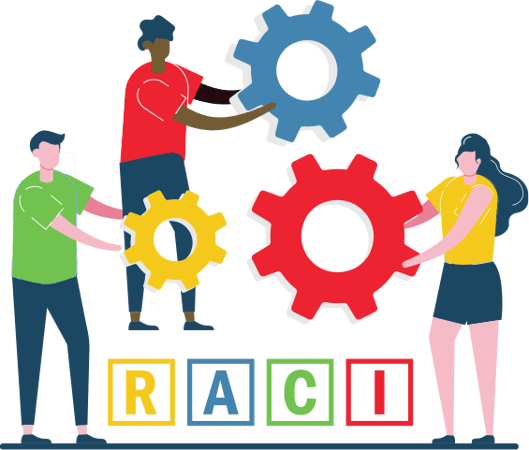 This Sunday, our newspaper published the welcome news that American companies appear to be hiring again and the unemployment rate was down for the first time in a long while. So there will be – hallelujah – new colleagues coming into many companies that have been running lean and mean for several years.
This Sunday, our newspaper published the welcome news that American companies appear to be hiring again and the unemployment rate was down for the first time in a long while. So there will be – hallelujah – new colleagues coming into many companies that have been running lean and mean for several years.
Almost everyone who comes into a new job is given a job description. In it, they will be told about their responsibilities, often to whom they report, and whether or not they have staff reporting to them. It may mention that they collaborate with other people in the company. A job description is most often published in collaboration with Human Resources, is designed to be fairly permanent, and is usually tied to a pay grade and compensation level.
So just how is a RACI Matrix different from a job description?
I think of a RACI Matrix like a post-it note -- it's not designed to ‘stick’ as permanently as a job description (which is more like traditional Elmer’s glue.) RACI charts are often developed to capture horizontal processes in an organization, that cut across departmental silos. They capture a set of peer-level agreements. Or RACI charts are developed for discrete projects. It is common for someone to have a job description that addresses his or her “day job” and also a handful of RACI charts that describe their project level work, both inside their department and outside it, too. RACI charts are almost never tied into the formal compensation system or pay grade. They are designed to be flexible; that’s their strength.
Does a new person coming into a job need both a job description AND a RACI chart or two or three? I say yes. Because a RACI captures the relationships between people and functions, it can answer many questions that a new hire should have. Most of us enter softly and spend 4-6 months figuring out “the lay of the land” in a new job, so as not to offend anyone. (We all know people who barrel in like a bull in a china shop, but they often don’t last as long.) When entering a new environment, caution is smart. But armed with a RACI chart or two and the right explanations, a new hire can come up to speed much more quickly, without fear of offending his or her new colleagues. As one of my clients says, in business today, “Speed counts.”
For more on this topic, click here for “You Must be New Around Here: Using RACI to Get New Hires Up to Speed.”
RACI Solutions has been helping organizations across the globe utilize the power of RACI to transform the dynamic of cross-functional teams since 2007. Whether you are new to RACI or have used it for years, we can help.
Today’s business environment is complex – you may be contending with matrix structures, rapid growth, mergers, multiple locations, virtual employees, and/or digital transformation.
As a result, project teams can get stuck. Let us help you! If you need to learn RACI, we offer train-the-trainer materials and custom workshops. We can help you create RACI super-users. If you already use RACI or another decision matrix, we offer programs that help you become skilled at working across functions – an effective horizontal leader. We help project teams tune up their performance. We help organizations streamline their decision-making.
Our team is comprised of expert consultants, trainers, and facilitators, who can help your teams and their leaders achieve a seamless level of collaboration.





